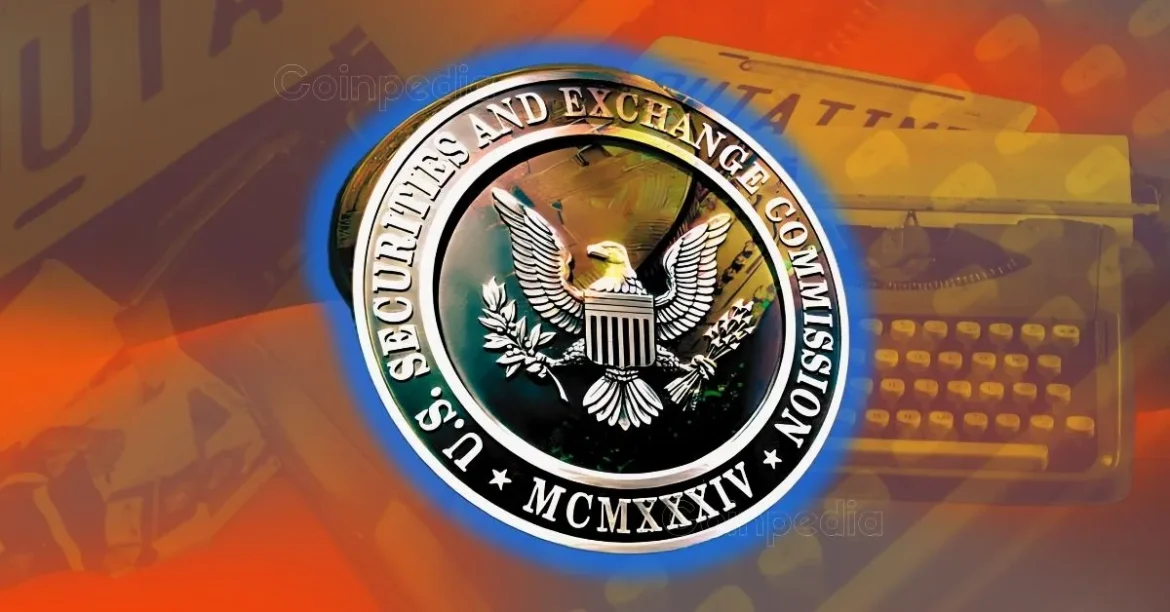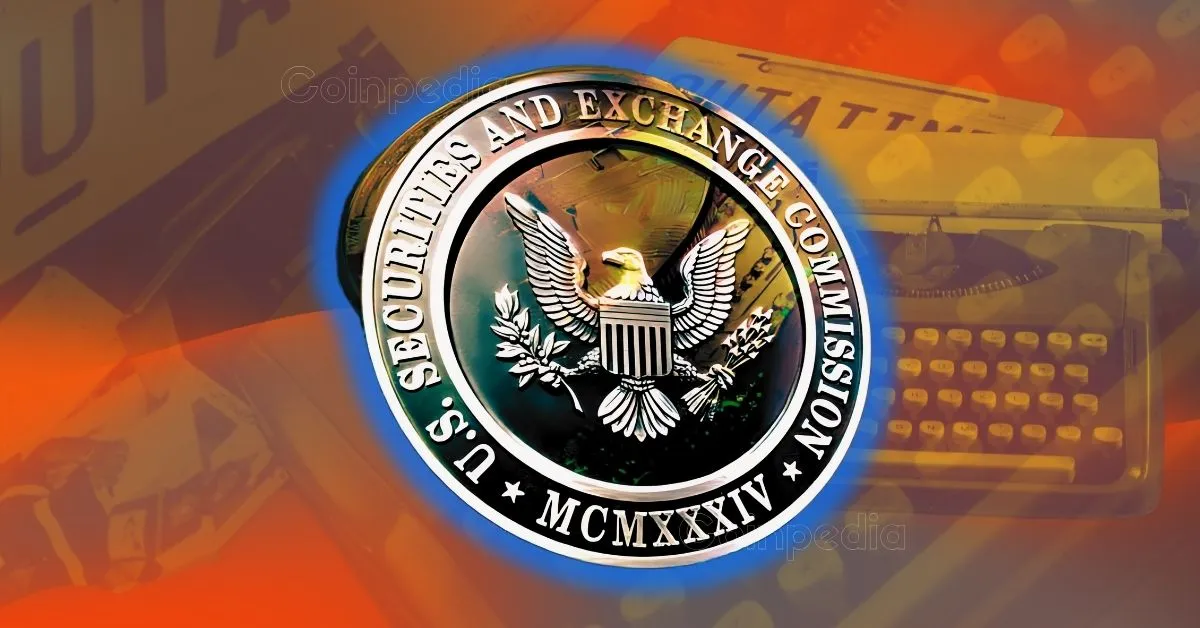The CLARITY Act: A Definitive Shift in U.S. Crypto Regulation Landscape
Introduction: Navigating the Crypto Regulatory Maze
Cryptocurrency regulation in the United States has often been characterized by ambiguity and conflict, particularly with overlapping jurisdictional claims between the Securities and Exchange Commission (SEC) and the Commodity Futures Trading Commission (CFTC). This regulatory uncertainty has posed challenges for market participants, innovators, and investors alike, impeding sound growth and adoption of digital assets. The recently introduced bipartisan Digital Asset Market CLARITY Act of 2025 seeks to decisively resolve this confusion by establishing clear lines of authority and a comprehensive regulatory framework that balances innovation, investor protection, and market integrity.
Defining Crypto Assets: Commodities vs. Securities
At the heart of the CLARITY Act lies a fundamental clarification: certain crypto assets, identified as “digital commodities,” will fall under the regulatory domain of the CFTC, while others classified as “investment-contract assets” will remain securities regulated by the SEC. This bifurcation builds upon prior legislative groundwork laid by the Financial Innovation and Technology for the 21st Century Act (FIT21) passed in 2024 but represents a more expansive and detailed approach. Key definitions introduced in the bill—such as “digital commodity,” “investment-contract asset,” and “mature blockchain system”—enhance legal precision, enabling more predictable application of regulatory standards.
By shifting most cryptocurrencies to the CFTC’s jurisdiction, the bill leverages the agency’s historically lighter regulatory touch compared to the SEC. This shift is anticipated to foster a more innovation-friendly environment while continuing robust oversight. Importantly, the legislation exempts certain blockchain developers and projects from onerous money transmitter regulations, providing limited liability protections to these innovators, which is a substantial move toward fostering blockchain development within a clear legal frame.
Bipartisan Support and Legislative Progress
The act has garnered notable bipartisan support, a critical factor for meaningful and durable legislative reform in the often polarized arena of crypto policy. The House Financial Services and Agriculture Committees, led respectively by French Hill and Glenn “GT” Thompson, have been pivotal in advancing the bill. The bipartisan backing is evidenced by strong committee votes, such as the 47–6 passage in the House Agriculture Committee, signaling broad consensus on the need to end regulatory fragmentation that has long plagued digital asset markets.
The bill’s extensive 236-page draft reflects careful deliberation and incorporates feedback from multiple stakeholders, including lawmakers, regulatory agencies, industry participants, and legal experts. This thorough process underscores the commitment to crafting legislation that is both operationally practical and adaptive to the rapidly evolving crypto ecosystem.
Regulatory Efficiency and Market Structure Enhancements
Beyond redefining agency roles, the CLARITY Act establishes detailed rules for exchanges, brokers, and trading platforms, thereby promoting transparency and market integrity. By clearly delineating which tokens are regulated as commodities and which are securities, the bill streamlines compliance requirements, reducing duplication and conflicting enforcement actions that have historically hampered market confidence.
Moreover, the bill protects self-custody rights of investors, addressing a critical aspect of crypto ownership and control that regulators have often struggled to safeguard under existing frameworks. This provision empowers users to retain direct control over their assets without undue regulatory interference, aligning with fundamental principles of digital asset ownership.
Building on the Foundation: Relationship to GENIUS Act and Stablecoin Regulation
While the CLARITY Act pioneers comprehensive rules for crypto market structure, it complements parallel legislative efforts such as the GENIUS Act, which primarily targets stablecoin regulation. Together, these measures contribute to a more holistic crypto regulatory framework aimed at enhancing consumer protection and financial stability while encouraging innovation.
The simultaneous consideration of these bills demonstrates a maturing approach within U.S. Congress toward digital assets, tackling both market structure and monetary aspects of the sector. The CLARITY Act’s passage through key committees advances the regulatory conversation beyond mere conceptual debates toward actionable policy implementation.
Implications for Industry and Innovation
By relocating the oversight of most cryptocurrencies to the CFTC, the CLARITY Act potentially lightens the regulatory burden, creating a more hospitable environment for startups and established firms alike. The limited liability protections for blockchain developers remove a significant barrier to development and deployment, likely accelerating technological advancement and adoption.
Furthermore, by clarifying registration and disclosure obligations, the bill provides issuers and developers clearer pathways to compliance, reducing legal uncertainty that has deterred investment and innovation in the past. This clarity enables market participants to better align their offerings with regulatory expectations, fostering healthier capital flows and market growth.
Challenges and Future Considerations
Despite the act’s promising framework, several challenges remain. The dual-agency oversight model requires ongoing cooperation between the SEC and CFTC to prevent jurisdictional disputes, overlapping mandates, or regulatory gaps. The evolving nature of digital assets and technologies may also necessitate periodic legislative updates to maintain relevance and effectiveness.
Moreover, while the bill offers protections for blockchain developers, the scope and limitations of these must be carefully monitored to avoid loopholes that could be exploited. Balancing innovation encouragement with investor safeguards remains an ongoing tension.
Conclusion: Toward Regulatory Clarity and Market Maturity
The CLARITY Act marks a pivotal moment in U.S. cryptocurrency regulation, stepping decisively toward resolving longstanding ambiguities that have inhibited market confidence and innovation. By clearly dividing regulatory authority, protecting key industry participants, and enhancing market structure rules, the act promises to provide the much-needed clarity that digital asset markets demand.
As this legislation proceeds toward full House consideration and potential enactment, its success will hinge on effective implementation and adaptability to future technological developments. If executed well, the CLARITY Act could serve as a benchmark framework that balances robust oversight with the dynamism of blockchain innovation, ultimately positioning the United States for leadership in the global digital economy.





